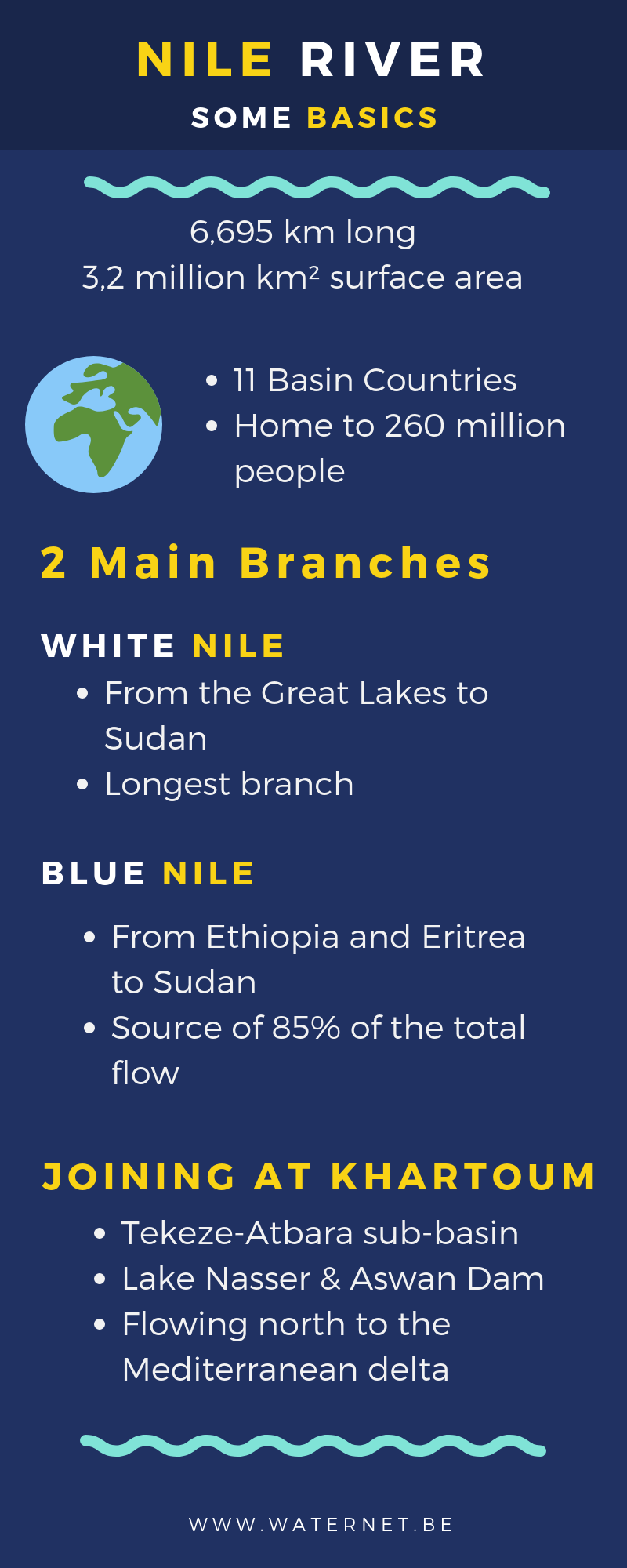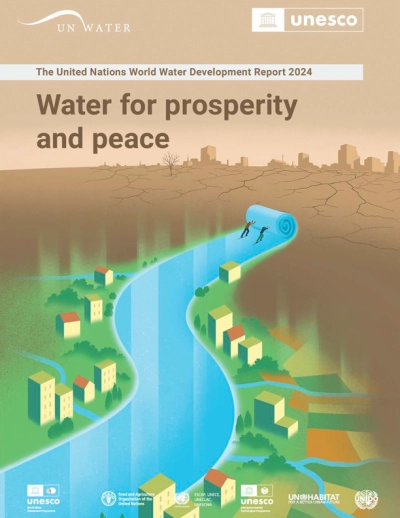Water availability and consumption patterns in the Nile Basin are very diverse. Upstream countries in the Great Lakes region have a lot of water available, but consume very little. Here, agriculture is still mainly rain fed. On the Blue Nile, Ethiopian water consumption used to be very low, too, but this might change due to the new dam building projects to will divert water for irrigation and store water for hydro power.
Downstream the river, Sudan and Egypt have very few internal water resources. Rainfed agriculture is impossible in most of the fertile areas. Their water consumption is almost 100% on water crossing their borders. And these consumption rates are very high: both countries use the bulk of the annual renewable resources, mainly in agriculture.
Water consumption per sector
Table 1: Water withdrawal and consumption per sector.
Source: FAO - Aquastat, 11/2017
The figures about water consumption in this table include all the water resources of each country, thus not necessarily water from the Nile. But still it shows that water withdrawal by the upstream countries of both main branches of the Nile is very limited. Downstream, Egypt and and Sudan use huge quantities of water for irrigated agriculture - and this is indeed mainly water from the Nile since they have few additional resources from outside the basin. This difference in dependency on irrigation becomes even more clear in the table below.
Note that figures for the Central African Republic and DR Congo are not included in further analysis. Although a part of the CAR technically belongs to the Nile Basin, this is very small and contributes hardly any water to the basin. For the DRC, less than 1% of its territory belongs to the basin and its huge internal quantities of water are mainly part of the Congo River basin; using Congolese figures of water availability and water consumption in comparison with other Nile Basin countries would then distort the analysis.
(% of total renewable water resources)
Value added to GDP (%)
Table 2: Water in economy
Water productivity, total (constant 2010 US$ GDP per cubic meter of total freshwater withdrawal)
Source: FAO - Aquastat, 11/2017; World Bank - World Development Indicators, 11/2017
Table 2 is interesting because it relates the share of water in agriculture to water productivity (in this case how much economic output is created per m³ input).
The economy of Burundi is heavily relying on agriculture (almost 43% of GDP), but the total water input of this sector is very limited.
In Egypt, it is the opposite situation: agricultural water withdrawal is huge but its economic significance is small - Egypt is clearly an industrial society. Additionally, water productivity in industry is more than 90 times higher than water productivity in agriculture. This is also the case for Sudan, where water productivity in agriculture is extremely low a the cost of 68.5% of the renewable water resources.
The other countries in the basin have significantly lower levels of water consumption in agriculture; and/or a more agricultural oriented economy; and/or a less prominent gap between industrial and agricultural water productivity.


